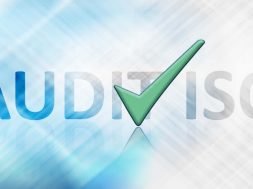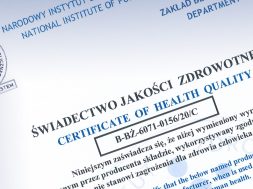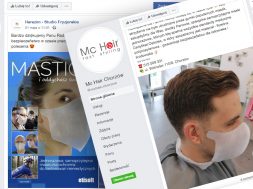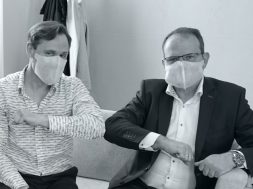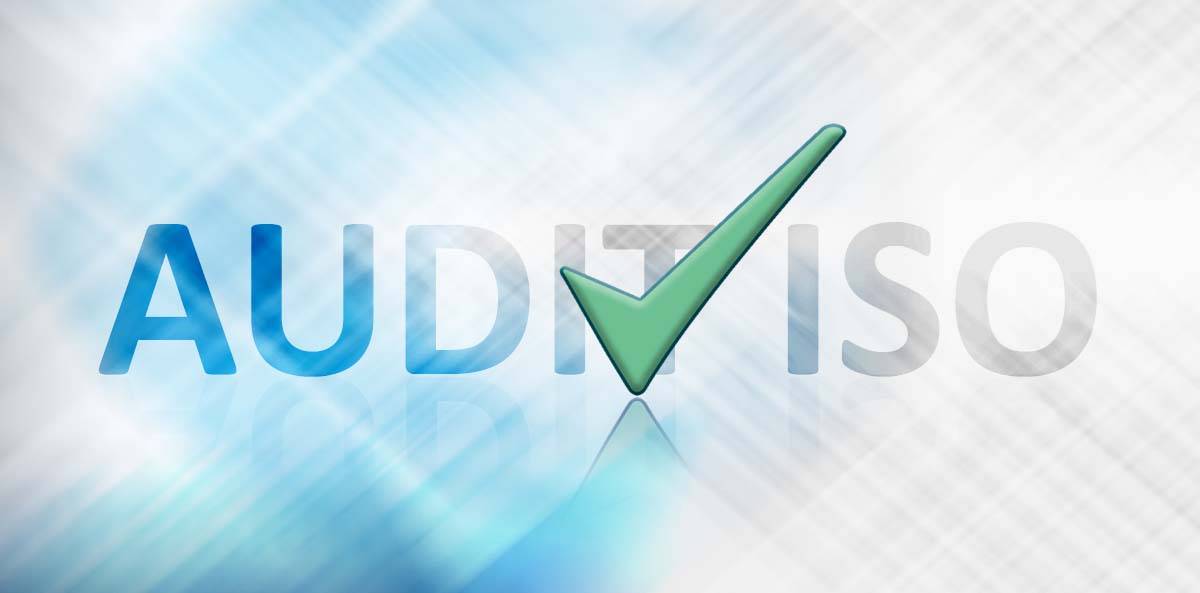
Integrated Management System: we know how to use it every day
ISO 9001:2015 and ISO 14001:2015 –Etisoft after the audit
In February this year, a certification audit was carried out in our company in accordance with the requirements of the new standard releases ISO 9001:2015 and ISO 14001:2015.
A three-man auditing team from TÜV Rheinland under the supervision of Mrs. Róża Szymczak confirmed that Etisoft established and implemented an effective and efficient Integrated Management System. In the final report, the auditors emphasized the fact that during the interviews they noticed – which is an uncommon case – that our system is not only based on knowledge, experience and commitment of the quality department employees, but the effects of functioning can be seen at every workstation.
ISO –What’s next?
During the audit, but often after its completion, the question arises – So what does it mean that our company has so-called ISO?
We do not do this only because our customers want it or just to increase the company’s credibility on the market, but we have implemented it primarily for ourselves. According to quality and enviromental standards we created such a management system that meets the sustainability of our organization in the near future and in the long-term- says Dariusz Wdowiak, Quality Director at Etisoft. One of many advantages of the new system is the implementation of a tool that allows us to apply a risk-based approach to thinking and obliges us to automatically determine the so-called capabilities. In other words, each of us must consider whether and how the problem observed can be transformed into opportunities, chance for development and improvement.
Our goal and direction
You can talk about the benefits of the new system for a long time, but the most important thing is that it helps us all to answer basic questions about defining and understanding the external and internal aspects that are important for the purpose and direction of the company, f.ex. :
- what the market wants,
- where we are in comparison to others,
- where we are with our resources and efficiency,
- what customer or end user expects
- which affects our ability to meet basic requirements,
- what we need to accomplish it.
(125)
